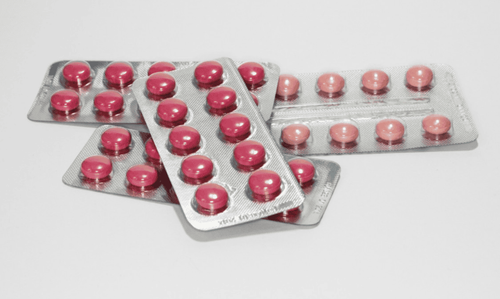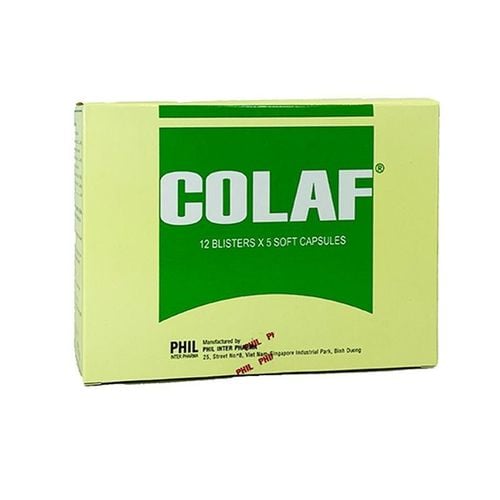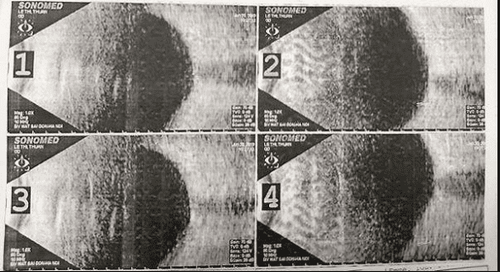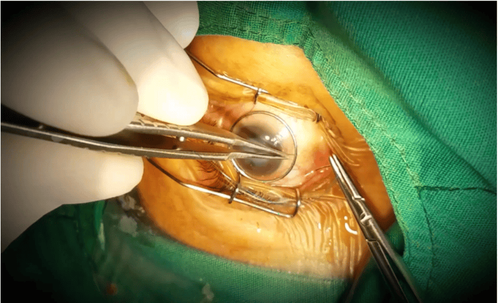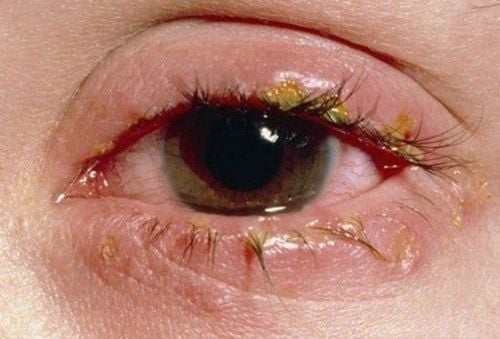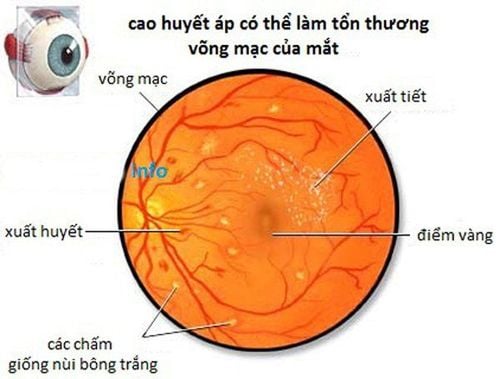This is an automatically translated article.
The article was professionally consulted with Specialist Doctor I Nguyen Thi Bich Nhi - Ophthalmologist - General Surgery Department - Vinmec Nha Trang International General Hospital.To reduce the rate of blindness due to corneal diseases, corneal transplant surgery is an effective treatment method chosen by many people. There are many different methods of corneal transplantation, which are indicated for each specific patient case.
1. What is the cornea? Why corneal transplant surgery?
The cornea is located in front of the eyeball, allowing light to pass through, helping the visual cells located in the retina to perceive images. From there, images are transmitted to the brain, allowing people to perceive objects around them.There are many diseases in the cornea such as corneal cone, corneal dystrophy, eye infection or trauma causing corneal scarring, swelling, inflammation, ulceration, ... making light cannot penetrate, leading to visual impairment . If the cornea is too damaged, the optimal treatment is a corneal transplant.
Corneal transplant surgery is a method of replacing part or all of the thickness of the opaque cornea with a healthy one, thereby bringing transparency to the cornea, helping to increase vision for the diseased eye. . Surgery is indicated for patients with corneal opacities but the eye is still able to perceive light. The success of surgery depends on factors such as type of corneal disease, preoperative prognosis, patient age, comorbidities (dry eye, glaucoma, hypertension, diabetes mellitus). ...) specify appropriate grafting technique, follow-up and post-operative care.
Indications for corneal transplant surgery depend on the pathology of the cornea such as:
Corneal transplantation for optical purposes; Corneal transplant to treat diseases of the cornea such as corneal ulcers, burns, corneal perforation; Aesthetic corneal transplant is indicated to replace the white scar of the cornea, making the eyes more beautiful in the eyes that have lost function.

Phẫu thuật ghép giác mạc là phương pháp thực hiện thay thế một phần hoặc toàn bộ chiều dày của giác mạc bị mờ đục bằng giác mạc lành
2. Corneal transplant methods
2.1 Total corneal transplant If both the front and inner layers of the cornea are damaged, the entire cornea needs to be replaced. This is a method of total corneal transplant (also called full-thickness corneal transplant or penetrating corneal transplant). The damaged cornea will be removed, and then the donor cornea will be replaced in the correct place.Total corneal transplant surgery has a longer recovery time than other methods of corneal transplantation. Full recovery time for patients is about 1 year after surgery. However, this method also carries a risk that the body's immune system will attack the transplanted cornea, so it is necessary to find a suitable cornea for the patient.
2.2 Layered Corneal Transplant A layered corneal transplant is performed when the cornea is diseased in either the anterior (parenchymal) or posterior (endothelial cell) layers. This method replaces part of the thickness of the cornea, so the recovery of vision will be faster, the follow-up time is shorter and the rejection rate is lower than the total corneal transplant.
3. Notes when performing corneal transplant surgery
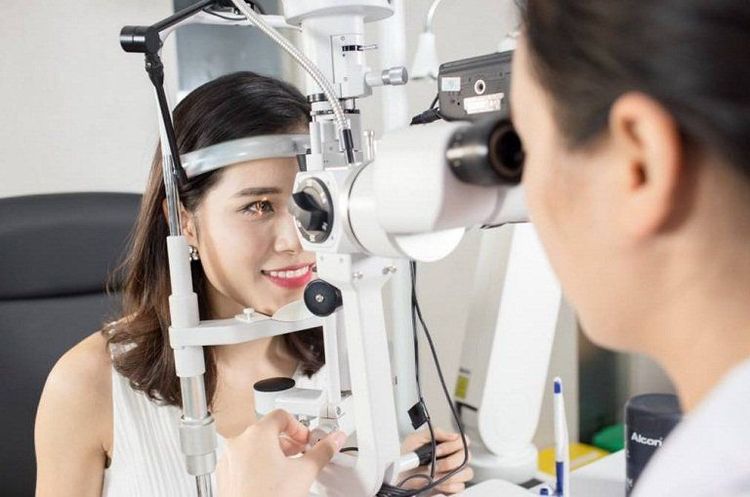
Trước khi thực hiện phẫu thuật, người bệnh sẽ được chỉ định khám mắt toàn diện và đánh giá các bệnh lý phối hợp
Do not rub or touch your eyes; Use the correct eye drops at the frequency prescribed by your doctor; If necessary, you can use pain relievers as prescribed by your doctor; Wear sunglasses when going out to avoid direct sunlight; Wear safety glasses for the first month after surgery, even when going to bed to avoid accidental eye rubbing. Do not let your eyes get wet with soap and water within 1-2 months after surgery; Avoid places with a lot of smoke, dust and polluted environments; During the first weeks after surgery, it is important to avoid heavy exercise or heavy lifting; Consult your doctor about eye health and speed of recovery before returning to work; Get regular eye exams to monitor the progress of your treatment. In particular, you should seek medical attention immediately if you have any of the following symptoms: red eyes, pain, discomfort in the eyes, sudden vision loss, excessive tears. 3.4 Some complications may occur after corneal transplant surgery

Sau khi cấy ghép giác mạc thành công, người bệnh có nguy cơ gặp các vấn đề về mắt khác như loạn thị, thoái hóa điểm vàng, bệnh võng mạc tiểu đường,...
Vinmec International General Hospital with a system of modern facilities, medical equipment and a team of experts and doctors with many years of experience in medical examination and treatment, patients can rest assured to visit. examination and treatment at the Hospital.
Please dial HOTLINE for more information or register for an appointment HERE. Download MyVinmec app to make appointments faster and to manage your bookings easily.




